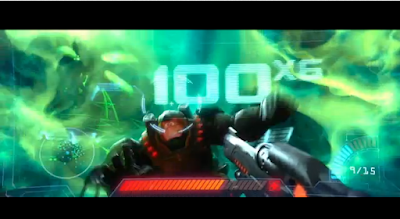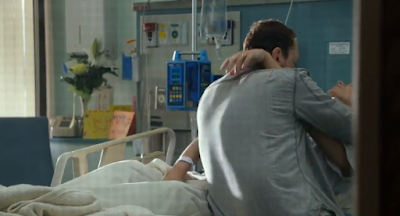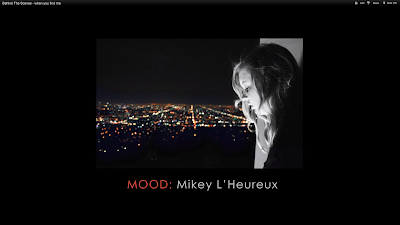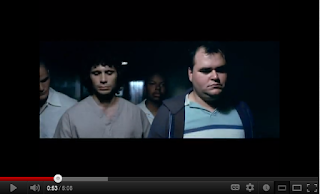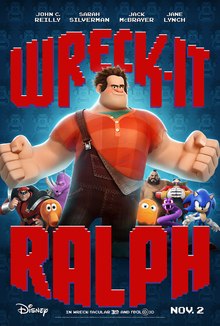
Saw this movie a couple weeks back, but I knew I'd be buying a ticket when my friend linked me to a trailer months before the release. Loved the movie, so I thought I'd look a little more into this trailer which sold me long ago.
 The narrative conveyed in this trailer surprised me now after giving it a second look. It opens with a voice-over, which I thought was outside of the film itself, and placed for the sake of the trailer. It soon reveals that the voice-over was actual dialogue from a scene within the film. The purpose of the voice over was to give some backstory into the film, introducing a character and his conflict. Simple as that.
The narrative conveyed in this trailer surprised me now after giving it a second look. It opens with a voice-over, which I thought was outside of the film itself, and placed for the sake of the trailer. It soon reveals that the voice-over was actual dialogue from a scene within the film. The purpose of the voice over was to give some backstory into the film, introducing a character and his conflict. Simple as that.
The mis en scene of the film amazed me, as I was when I saw the film. There's one shot of Game Central Station, which shows all the tiny characters walking around. Some could even be made out to be references to some popular existing games. The finer details of this shot makes it even more intriguing to watch. The depth of the shot makes the station seem almost endless, which in correlation could make the viewer assume the film itself has endless amounts of entertainment.
The cinematography was interesting as well, with well executed close-ups for characterization of Ralph and other main characters. I saw some quick pans that were used to transition between two shots. One part that I liked in particular was the whole first-person scene in Hero's Duty. It immerses the viewer into the game with a standard first-person shooter display. The viewer sees much of the action, with little comedic parts of Ralph running around for his life.
For the edit of this trailer, I realized the use of titles was effective to moving along the trailer narrative. Although there was no signature "movie trailer voice", you could already hear it in the back of your head anyway. The pacing of the shots increased when "Some Nights" by Fun. started playing. It was if the trailer provided coverage of the film's story line, while also building on the characterization of Ralph.
Speaking of soundtrack, the sound design of the trailer was significant as well. First off, the trailer is made of dialogue taken from the film itself, there was no external voice-overs or anything like that. It was the choice of dialogue that made an impact on the trailer. Each section of dialogue further characterized whomever spoke it. As we got deeper into the trailer, the dialogue became more revealing and left you with just enough knowledge about the film to understand it, yet not enough to want to know more. Then near the end, the soundtrack led to an increase in shot pacing, and made it feel almost like a montage of content. The choice of music was interesting and represented that "wanting to be someone else" kind of feeling.

